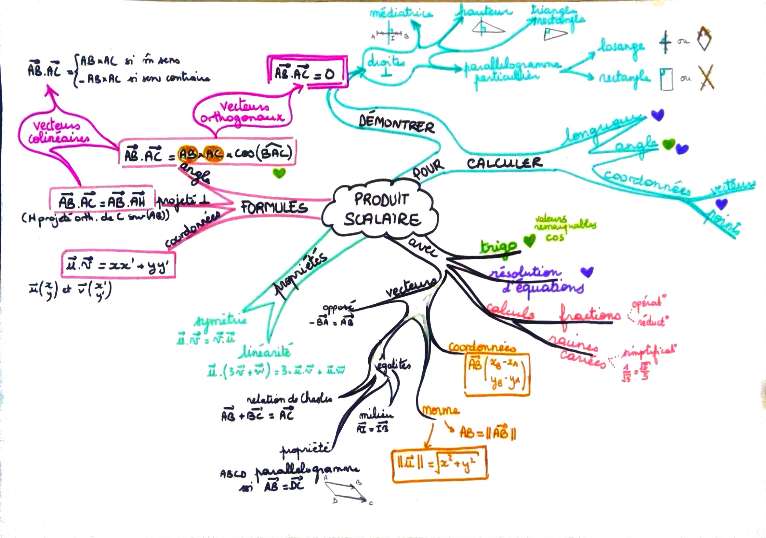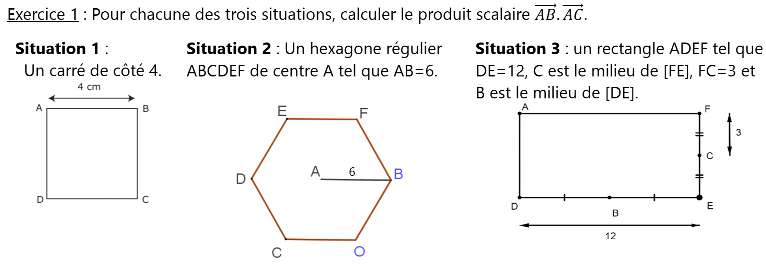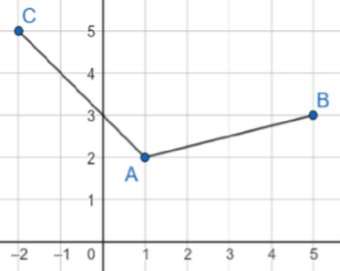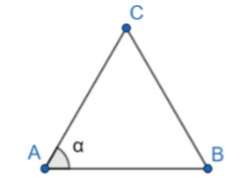
🠖 Géométrie
G2-Produit Scalaire
Cette notion est utilisée :
- en Physique : pour mesurer l’énergie nécessaire au déplacement d’un objet soumis à une force.
On parle du « travail d’une force ». - en géométrie : pour résoudre des problèmes d’angles et de distances avec des applications en cartographie par exemple.
Géométrie / G2-Produit Scalaire
Apprentissage 0x
Réussite 0/0
Donner la formule du produit scalaire utilisant la mesure de l'angle entre deux vecteurs $\overrightarrow{AB}$ et $\overrightarrow {AC}$.
$\overrightarrow{AB}.\overrightarrow {AC}=AB \times AC \times \cos{\widehat{BAC}}$
Savoir-faire du chapitre
- Calculer un produit scalaire de deux vecteurs :
- avec les normes et un angle.
- avec les coordonnées des vecteurs dans un repère.
- avec la relation de Chasles et les propriétés de linéarité, de colinéarité et d'orthogonalité.
- avec la projection orthogonale et la propriété de colinéarité.
- Utiliser le produit scalaire de deux vecteurs pour :
- calculer la mesure d'un angle.
- calculer une longueur.
- montrer une orthogonalité.
- calculer des coordonnées.
1. Définition
Soient et deux vecteurs dans un repère orthonormé .
Le produit scalaire de et est le nombre réel défini par .
2. Propriétés
Pour tous vecteurs , , et pour tous réels on a :
- (Symétrie du produit scalaire)
- (Linéarité du produit scalaire)
3. Orthogonalité
3.1. Définition
On dit que deux vecteurs et sont orthogonaux lorsque leurs directions sont perpendiculaires.
3.2. Propriété
et sont orthogonaux si et seulement si .
4. Colinéarité
4.1. Propriété
- Si et sont colinéaires et de même sens alors .
- Si et sont colinéaires et de sens contraire alors .
4.2. Cas particulier du carré scalaire
Propriété :
En particulier,
Définition : on appelle carré scalaire le nombre également noté .
4.3. Produit scalaire et projeté orthogonal
Géométrie / G2-Produit Scalaire
Apprentissage 0x
Réussite 0/0/22

Quel est le projeté orthogonal du point A sur la droite (AG)

Propriété : Soit est le projeté orthogonal de sur la droite . On a

5. Produit scalaire et angle
Propriété : Soient A, B et C trois points distincts du plan.
.




